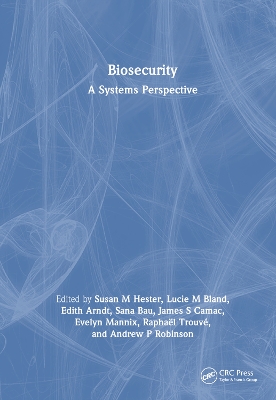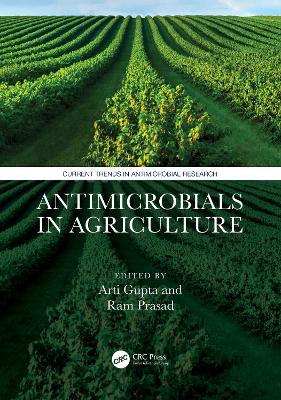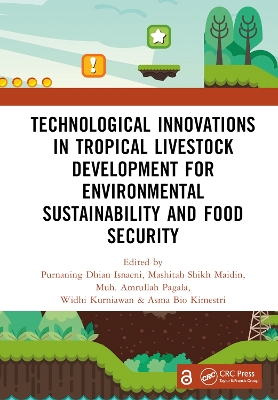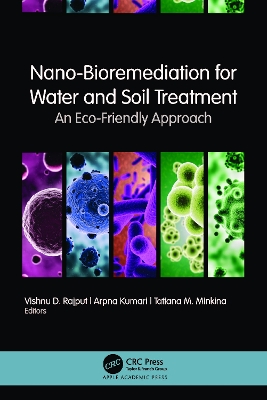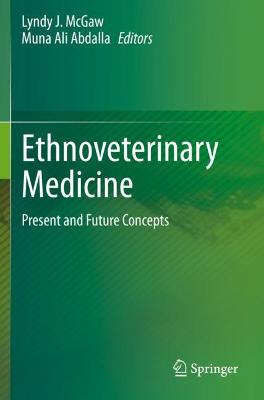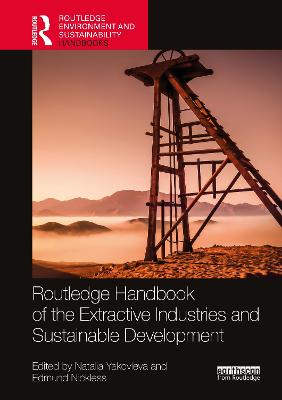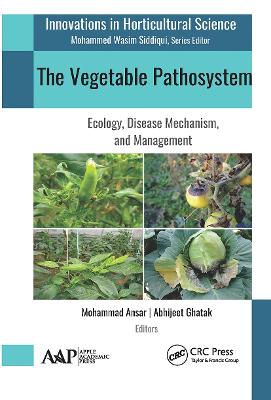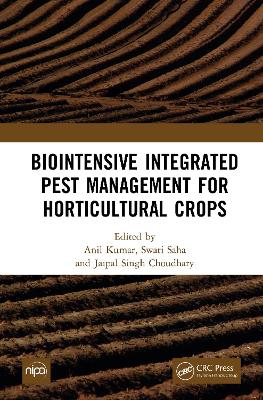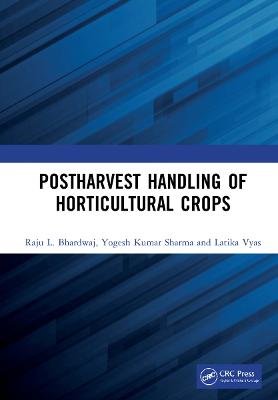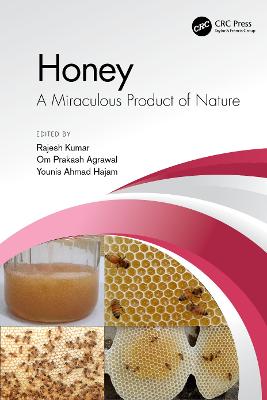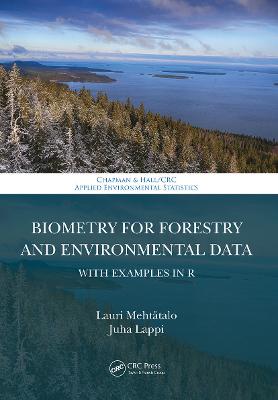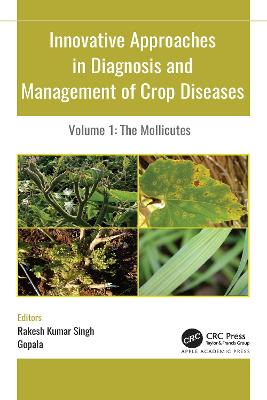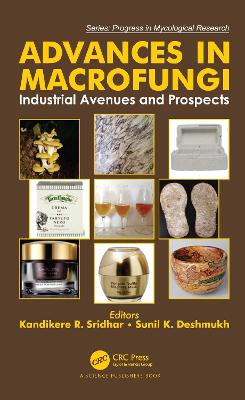Biosecurity
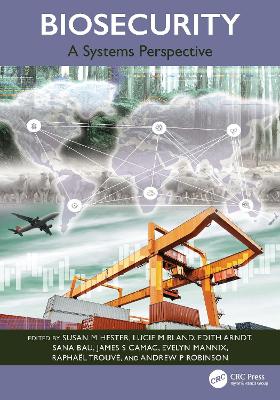 portes grátis
portes grátis
Biosecurity
A Systems Perspective
Arndt, Edith; Trouve, Raphael; Hester, Susan M; Robinson, Andrew P; Mannix, Evelyn; Bau, Sana; Bland, Lucie M; Camac, James S
Taylor & Francis Ltd
06/2024
272
Mole
Inglês
9781032181691
Pré-lançamento - envio 15 a 20 dias após a sua edição
Foreword
1. Introduction
2. Biosecurity systems and international regulations
Summary
Introduction
International regulations for biosecurity
Biosecurity activities
Biosecurity as a complex system
In a nutshell
References
Section 1 Pre-border
3. Anticipate: Assessing biosecurity risks pre-border
Introduction
Risk assessment and risk analysis
Risk analysis and international trade
Qualitative and semi-quantitative risk assessment protocols
Common issues with qualitative and semi-quantitative risk assessment protocols
Quantitative estimation of likelihoods and consequences
Discussion
In a nutshell
References
4. Prevent: Aligning border surveillance with pre-border intervention
Introduction
Regulatory models for biosecurity interventions
Economic implications of regulatory models
Operationalising risk-based and incentive regulation
Discussion
In a nutshell
References
Section 2 Border
5. Screen: Designing sampling schemes for border inspection
Introduction
Design-based inference
Enhanced sampling methodologies
Adaptive inspection schemes
Tolerating leakage
In a nutshell
References
Section 3 Post-border
6. Detect: Designing post-border surveillance schemes
Introduction
Objectives of post-border surveillance
Types of post-border surveillance
Practical considerations in post-border surveillance
Value for money in surveillance planning
In a nutshell
References
7. Prepare, respond and recover: Selecting immediate and long-term strategies to manage invasions
Introduction
Emergency response strategies
Long-term response strategies
Practical considerations for post-border responses
In a nutshell
References
Section 4 Whole of System
8. Incentives: Incorporating incentives into biosecurity policies and regulations
Introduction
Designing markets for biosecurity risk
Creating standalone incentives
In a nutshell
References
9. Resource allocation: Using economic principles to prioritise projects and allocate biosecurity budgets
Introduction
Information underpinning resource allocation
Resource allocation methods
Selecting a resource allocation method to achieve economic efficiency
Barriers and opportunities for cost-efficient resource allocation in biosecurity
In a nutshell
References
10. Monitoring, evaluation, and reporting: Assessing the performance of biosecurity programs
Introduction
Monitoring, evaluation, and reporting in the planning cycle
Elements of successful monitoring, evaluation, and reporting
In a nutshell
References
11. Research uptake: Improving knowledge management in biosecurity agencies
Introduction
Knowledge management in organisations
Barriers to research uptake in biosecurity
Opportunities to improve research uptake in biosecurity
Assessing and improving knowledge management with audits
In a nutshell
References
Section 5 Innovative methods
12. Elicit: Using structured elicitation in biosecurity
Introduction
Eliciting facts in biosecurity
Eliciting values in biosecurity
Discussion
In a nutshell
References
13. Profiling and automation
Introduction
Profiling basics
Profiling cargo consignments - a simulated example
Profiling airline passengers
Automation basics
Profiling and automation in practice
In a nutshell
References
14. Map: Creating maps of establishment potential
Introduction
Developing maps of establishment likelihood
Estimating biotic suitability
Developing a pragmatic establishment likelihood map for oriental fruit fly in Australia
In a nutshell
References
Section 6 Concluding chapters
15. Conclusion
Foreword
1. Introduction
2. Biosecurity systems and international regulations
Summary
Introduction
International regulations for biosecurity
Biosecurity activities
Biosecurity as a complex system
In a nutshell
References
Section 1 Pre-border
3. Anticipate: Assessing biosecurity risks pre-border
Introduction
Risk assessment and risk analysis
Risk analysis and international trade
Qualitative and semi-quantitative risk assessment protocols
Common issues with qualitative and semi-quantitative risk assessment protocols
Quantitative estimation of likelihoods and consequences
Discussion
In a nutshell
References
4. Prevent: Aligning border surveillance with pre-border intervention
Introduction
Regulatory models for biosecurity interventions
Economic implications of regulatory models
Operationalising risk-based and incentive regulation
Discussion
In a nutshell
References
Section 2 Border
5. Screen: Designing sampling schemes for border inspection
Introduction
Design-based inference
Enhanced sampling methodologies
Adaptive inspection schemes
Tolerating leakage
In a nutshell
References
Section 3 Post-border
6. Detect: Designing post-border surveillance schemes
Introduction
Objectives of post-border surveillance
Types of post-border surveillance
Practical considerations in post-border surveillance
Value for money in surveillance planning
In a nutshell
References
7. Prepare, respond and recover: Selecting immediate and long-term strategies to manage invasions
Introduction
Emergency response strategies
Long-term response strategies
Practical considerations for post-border responses
In a nutshell
References
Section 4 Whole of System
8. Incentives: Incorporating incentives into biosecurity policies and regulations
Introduction
Designing markets for biosecurity risk
Creating standalone incentives
In a nutshell
References
9. Resource allocation: Using economic principles to prioritise projects and allocate biosecurity budgets
Introduction
Information underpinning resource allocation
Resource allocation methods
Selecting a resource allocation method to achieve economic efficiency
Barriers and opportunities for cost-efficient resource allocation in biosecurity
In a nutshell
References
10. Monitoring, evaluation, and reporting: Assessing the performance of biosecurity programs
Introduction
Monitoring, evaluation, and reporting in the planning cycle
Elements of successful monitoring, evaluation, and reporting
In a nutshell
References
11. Research uptake: Improving knowledge management in biosecurity agencies
Introduction
Knowledge management in organisations
Barriers to research uptake in biosecurity
Opportunities to improve research uptake in biosecurity
Assessing and improving knowledge management with audits
In a nutshell
References
Section 5 Innovative methods
12. Elicit: Using structured elicitation in biosecurity
Introduction
Eliciting facts in biosecurity
Eliciting values in biosecurity
Discussion
In a nutshell
References
13. Profiling and automation
Introduction
Profiling basics
Profiling cargo consignments - a simulated example
Profiling airline passengers
Automation basics
Profiling and automation in practice
In a nutshell
References
14. Map: Creating maps of establishment potential
Introduction
Developing maps of establishment likelihood
Estimating biotic suitability
Developing a pragmatic establishment likelihood map for oriental fruit fly in Australia
In a nutshell
References
Section 6 Concluding chapters
15. Conclusion

